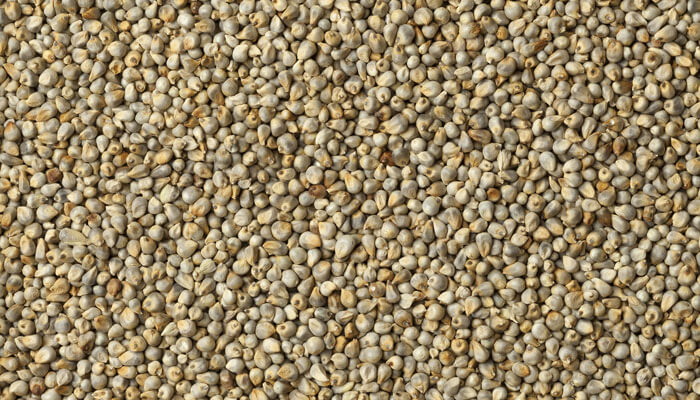Millets are powerhouse of nutrients. It is also called as poor man’s food but given the name siridhanya meaning rich grains as they are rich in nutrients.
Millets sustain 1/3rd of the world’s population.
Health benefits of millets
- Controls cholesterol: high fibre content in millets decreases LDL i.e, bad cholesterol and increases HDL i.e, good cholesterol
- Prevents diabetes: Magnesium found in millets increases the efficiency of insulin and glucose receptors in the body. It is a SMART CARB. Millets have low glycaemic index and lots of fibre and low I simple sugars hence millet diet is really helpful for diabetics.
- Promotes heart health: millets are heart friendly. They decrease the risk of stroke and blood pressure. The magnesium and potassium in millets cause vasodilatation and helps in decreasing bp.
- Helps in digestion: millets are rich in fibre which prevents problems like constipation and gastritis
- Detoxifies the body : millets are a rich source of anti-oxidants and phenols like quercetin, curcumin, ellagic acid which helps in eliminating toxins from the body
- Prevents breast cancer
- Boosts up immunity
- optimises kidney and liver functions
- promotes respiratory health: magnesium in millets has bronchodilator effect and hence they are beneficial for asthmatics
- Calms your mood: millets have serotonins which have a calming and soothing effect on your brain
- Reduces migraine attacks
- Millets are gluten free hence non-allergenic
- Helps in weight loss: millets are weight watchers delight. Millets form a major part nowadays in all weight loss diets. Due to their low GI , high fibre and protein content.
- Improves skin health and hair lustre: as millets are rich source of B vitamins.

Disadvantages of Millets
- Millets have many anti-nutrients like phytates, tannins and protease inhibitors (trypsin, chymotrypsin, alpha amylase, cysteine) which have adverse effects on pancreas when taken in high amounts. Calcium , iron and zinc in millets are poorly absorbed due to phytates and tannins leading to multiple nutrient deficiencies. Saponins increase the intestinal permeability and cause chronic low level system of inflammation in colon.
- Millets have goitrogenic effect: they impair thyroid and iodine metabolism leading to the formation of goitre. The goitrogenic effect of cruciferous vegetables weans off with cooking but the goitrogenic effect of millets doesn’t wean off even on cooking.
- Millets have polyphenolics called flavonoids like apigenin, luteolin et which inhibits iodine uptake by most of the cells, impairs secretion of thyroid hormones and reduces organification of iodine by thyroid peroxidase enzyme

Who should avoid millets?
- People with inflammation in colon
- People with Low gastric acidity
- Hypothyroid patients

Types of Millets
- Jowar ( sorghum) called as jonnalu telugu.Rich in iron , protein and fibre
- Ragi (finger millet) is loaded with protein and amino acids. This is good for brain development in children.
- Foxtail millet( korralu) is iron rich and calcium rich. It strengthens immunity.
- Bajra ( sajjalu) contains iron, protein and fibre.
- Barnyard millet (oodhalu) helps in bone building
- Proso millet ( varigalu)
- Kodo millet ( arikalu)
- Little millet (saamelu) is rich in B vitamins , calcium, iron, zinc and potassium.


Which millet is use for gastric and diabetics
I,am gastric person,
well described article about the millets and their benefits, absolutely useful for those who want to switch their food habits,
very detailed article about millet usage and their benefit, thanks,
What’s wrong with millet, I love it as a food sometimes.
I tried Millet flour rotis a year back and it was a bad experience : bloating, burping, mild pain in the gut. But my family members were ok. But we stopped in a couple of days as I could not tolerate it.
Then I came across this recipe of soaking millets and reluctantly we tried it Since last month and surprisingly it was exactly the opposite. No bloating, no burping, no constipation. Feeling very light. The only problem is kids dobt like to eat it unless we make it tasty like upma and idli out of it. Though mostly I consume it with veggies and buttermilk.
10-12 hours of Soaking the millets and cooking in open pot and removing the white foam that gathers on the top while cooking…. This changed everything and seems like the most gut friendly diet now.
Side effects are weight loss and improved health parameters.